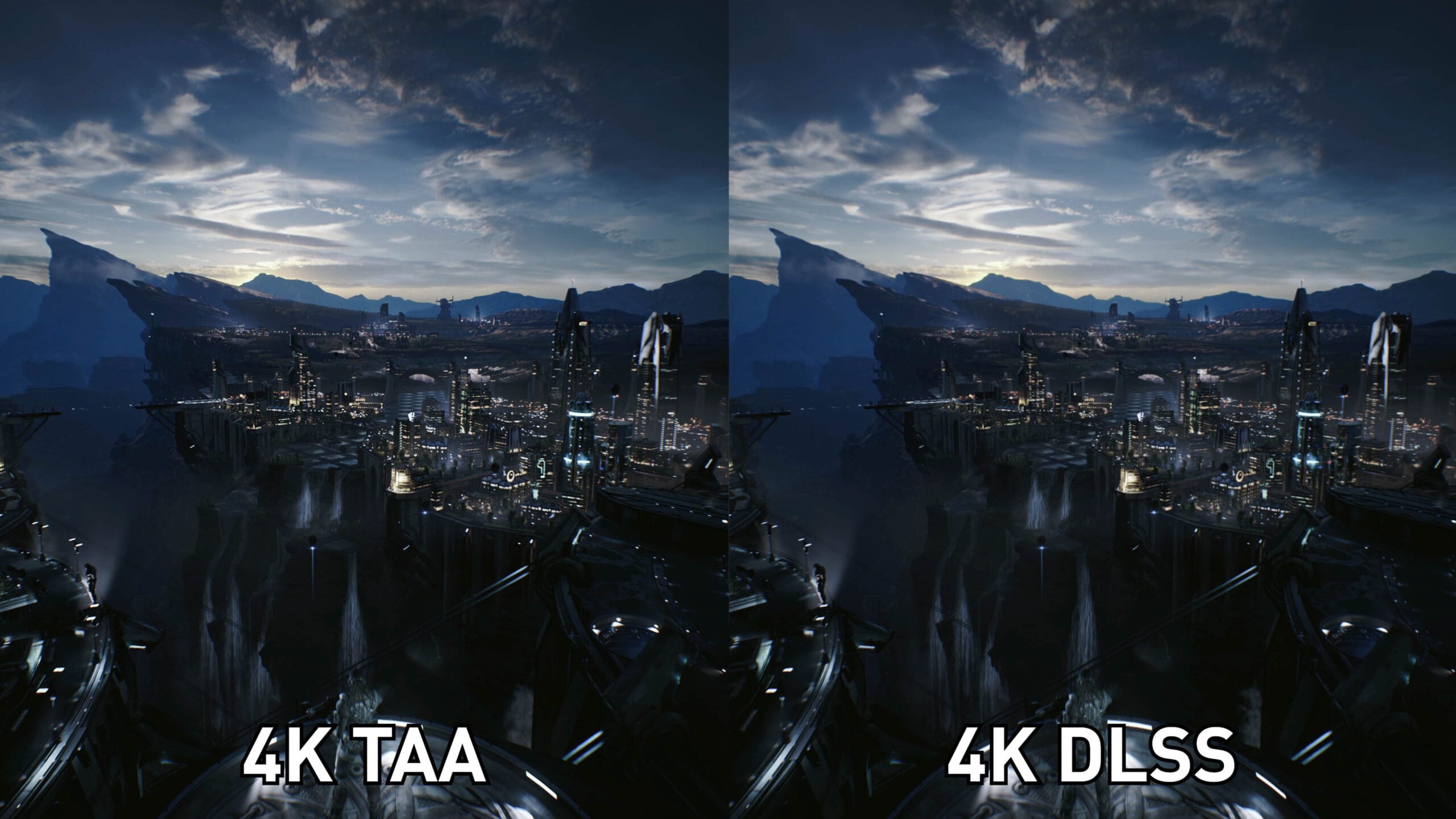Nvidia’s Deep Learning Super Sampling (DLSS) technology has been a game-changer in the realm of graphics rendering, particularly for gamers seeking high performance without sacrificing visual fidelity. With the introduction of DLSS 4, many enthusiasts and industry observers have raised questions and formed opinions based on incomplete or inaccurate information. This article seeks to debunk prevalent myths surrounding DLSS 4, providing a clearer understanding of its capabilities and limitations.
To begin with, it is essential to understand what DLSS is and how it operates. DLSS utilizes artificial intelligence and machine learning to upscale lower-resolution images to higher resolutions in real-time. This process allows games to run at lower native resolutions while still delivering high-quality visuals, thereby improving frame rates and overall performance. The technology relies on a neural network trained on a vast dataset of high-resolution images, enabling it to predict and generate the missing pixels when rendering a scene.
One of the most common misconceptions about DLSS 4 is that it simply enhances image quality without any drawbacks. While it is true that DLSS can significantly improve performance, it is not without its limitations. The effectiveness of DLSS can vary depending on the game, the specific scene being rendered, and the hardware being used. In some cases, users may notice artifacts or blurriness, particularly in fast-moving scenes or when viewing fine details. It is crucial for users to understand that while DLSS can enhance performance, it may not always deliver the same level of clarity as native resolution rendering.
Another myth surrounding DLSS 4 is that it is a one-size-fits-all solution for all games. In reality, the implementation of DLSS can differ significantly from one title to another. Developers must integrate DLSS support into their games, and the quality of this integration can vary. Some games may benefit greatly from DLSS, while others may not see substantial improvements. Additionally, the effectiveness of DLSS can depend on the specific settings chosen by the user, such as the resolution and quality presets. Therefore, it is essential for gamers to research how DLSS performs in the specific titles they play to set realistic expectations.
Furthermore, there is a misconception that DLSS 4 is only beneficial for high-end gaming rigs. While it is true that DLSS is designed to take advantage of Nvidia’s RTX graphics cards, it can also provide benefits for mid-range systems. By allowing lower-end hardware to achieve higher frame rates and better performance, DLSS can extend the lifespan of older gaming setups. However, users should be aware that the degree of improvement will vary based on their specific hardware configuration and the games they are playing.
Another point of confusion is the relationship between DLSS and ray tracing. While both technologies are part of Nvidia’s RTX platform, they serve different purposes. Ray tracing enhances the realism of lighting, shadows, and reflections in games, while DLSS focuses on improving performance through upscaling. Some users may mistakenly believe that using DLSS negates the need for ray tracing or vice versa. In reality, these technologies can complement each other, allowing gamers to enjoy both enhanced visuals and improved performance simultaneously.
Moreover, there is a belief that DLSS 4 will eliminate the need for higher resolution displays. While DLSS can provide a better experience on lower resolution screens, it does not replace the benefits of native high-resolution gaming. For gamers who prioritize visual fidelity, investing in a higher resolution monitor can still provide a superior experience. DLSS serves as a tool to enhance performance, but it does not negate the advantages of native resolution rendering.
In conclusion, Nvidia’s DLSS 4 technology represents a significant advancement in gaming graphics, but it is essential to approach it with a clear understanding of its capabilities and limitations. By debunking common myths, users can make informed decisions about how to utilize DLSS effectively in their gaming experiences. As the technology continues to evolve, it will be interesting to see how developers and gamers adapt to these advancements, ultimately shaping the future of gaming graphics.



